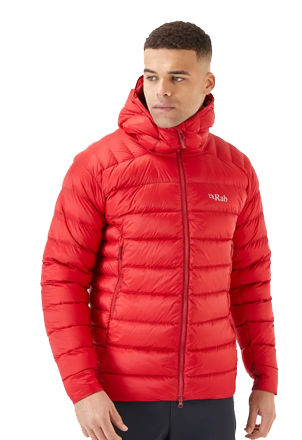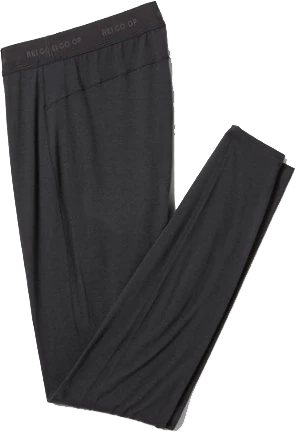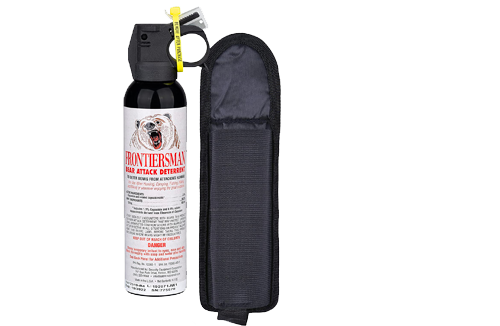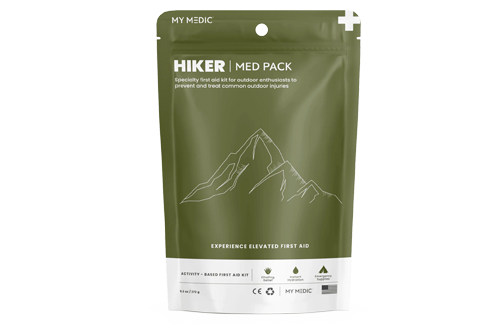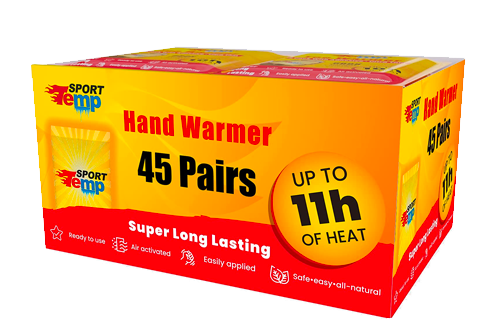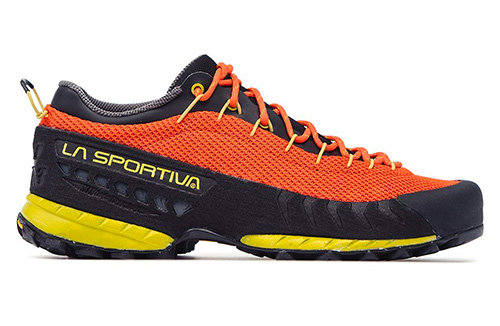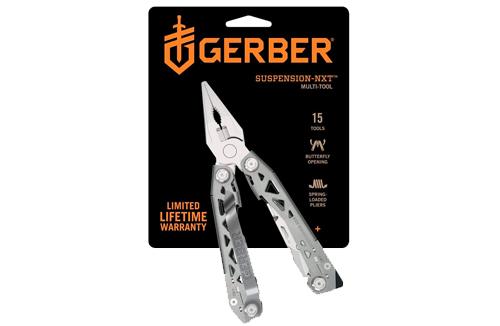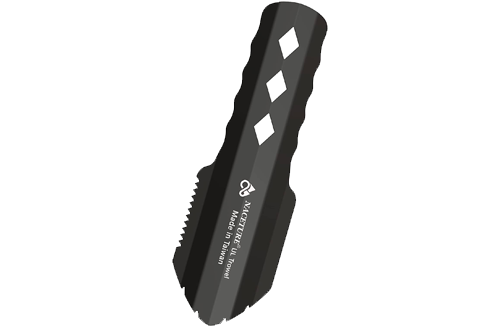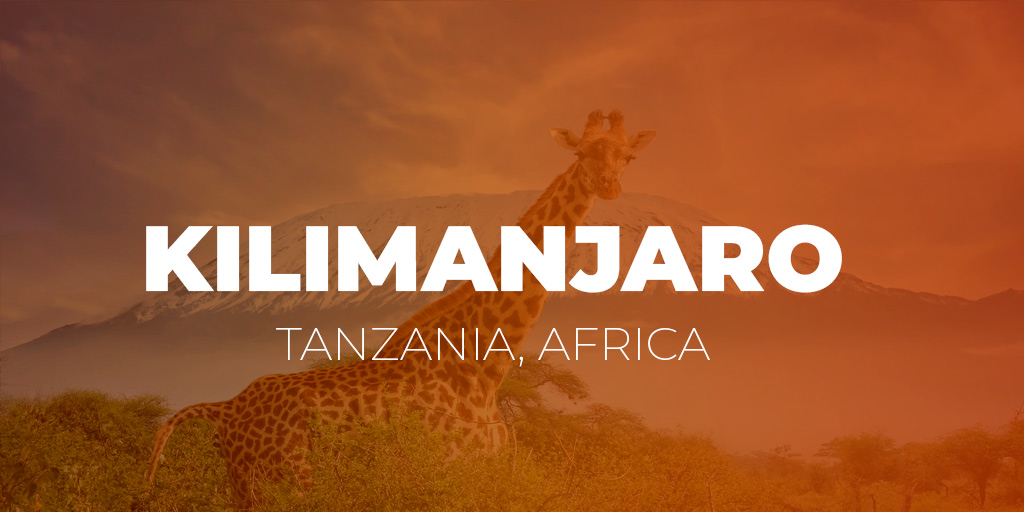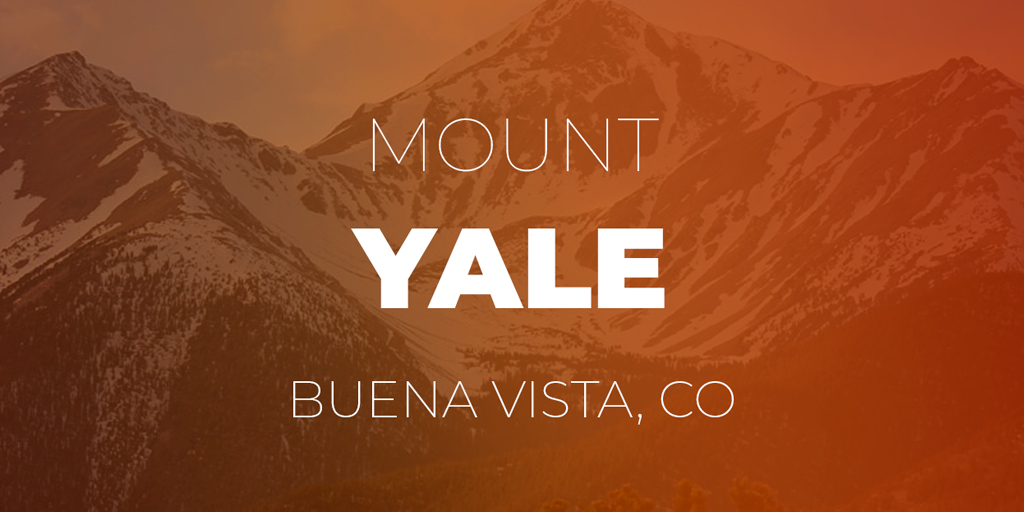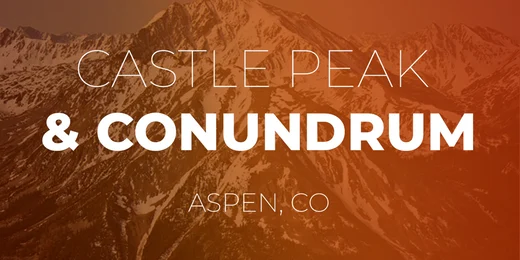| Backpack: 20-40 liter |
The most important things to look for if you need to purchase one is size (20-40L is good), hydration pack compatibility (camel back or Osprey), hip and chest straps, frameless, good padding on shoulder straps, and water bottle holders.
|

|
| Beanie or Fleece Hat |
Should cover the ears, it will be cooler in the early morning.
|
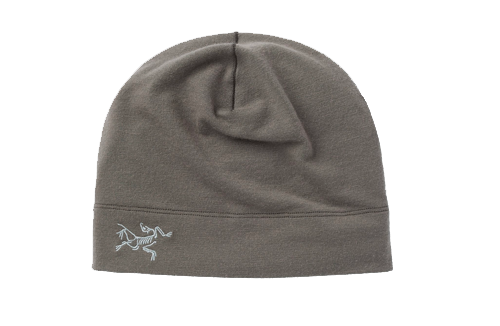
|
| Emergency Medical Blanket |
Emergency survival blanket for warmth. If the weather turns bad, you will be glad you have this.
|
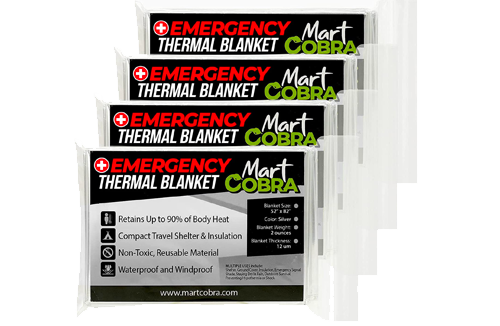
|
| Food |
Proper food that are prepared ahead of time is recommended (sandwich, burrito, rice, grilled chicken, etc.), along with an assortment of quality bars, fresh berries, or trail mixes.
|
Local Grocery Store
|
| Headlamp |
Load with fresh batteries. Critical for hiking before sunrise and great to have in the pack in case you are caught out after dark. (***NOTE*** Select a lamp that is simple to use and is LED)
|
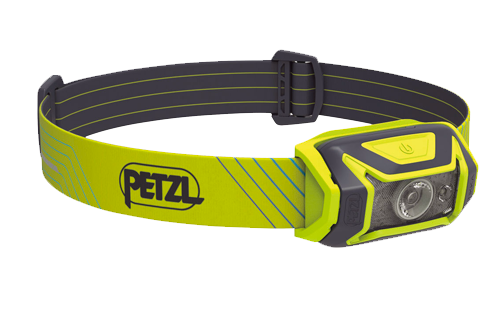
|
| Lightweight Baselayer Top |
Synthetic or Merino Wool; Worn against the skin and is considered a “wicking” layer that facilitates the movement of moisture away from the skin and through the layers. (Hooded base layers add extra versatility if needed)
|
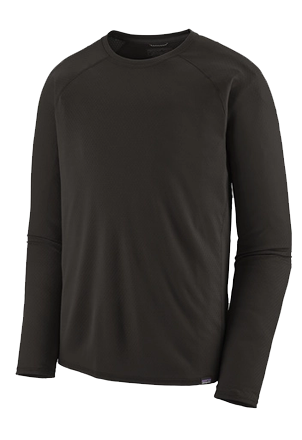
|
| Lightweight Gloves |
Synthetic; Thin gloves used when hiking the early morning approach as it tends to be cooler.
|
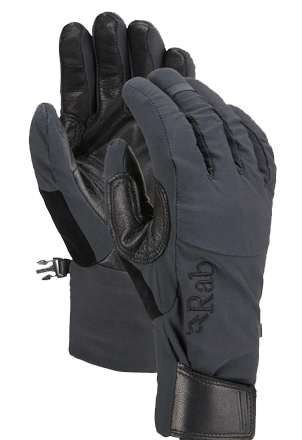
|
| Hiking Boots |
Gore-Tex, insulated, leather or synthetic boots. Two levels of boots can be appropriate depending on the season, conditions, and personal needs. Most popular season is lightweight (May – October): This is a single-layer, semi-insulated, waterproof boot, such as the Salomon Ultras. (**NOTE** Try on your boots if you can before you purchase them. The wrong shoe purchase can make all the difference from an enjoyable time or not.)
|
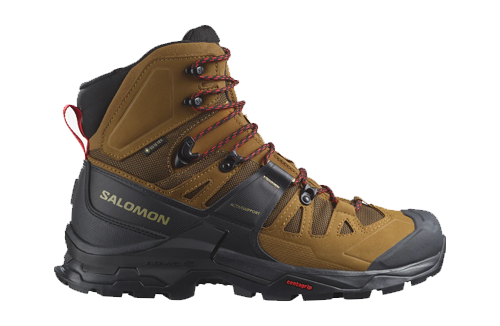
|
| Neck Gaiter |
“Buffs” are quite versatile in their uses. They can be used as light beanies, neck warmers, and can offer face protection from the cold, wind, or sun.
|
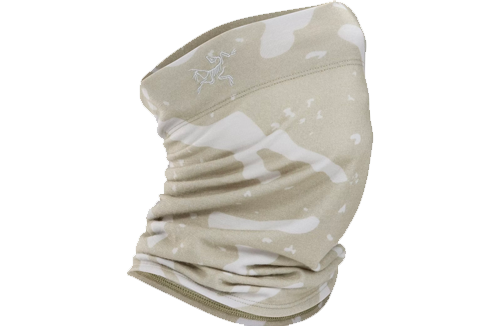
|
| Softshell and Fleece Jacket |
Water-resistant, windproof, yet it “breaths,” which means it allows moisture to move through. Hoods are ideal. There are multiple thicknesses of Softshell jackets. A lightweight or medium-weight jacket is preferred. Fleece jackets are acceptable.
|
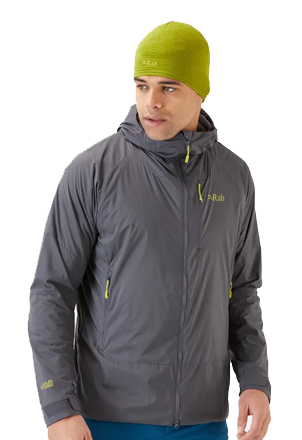
|
| Softshell Pants |
Softshell material is stretchy, wind-proof, water-resistant, and resists abrasion. Mid-weight is recommended, and light-weight pants can work for warm days. Typical thin, nylon “hiking pants” are generally not tough enough.
|
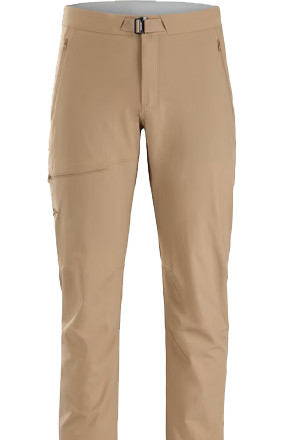
|
| Sun Hat |
A billed hat to keep the sun at bay during the approach and descent.
|
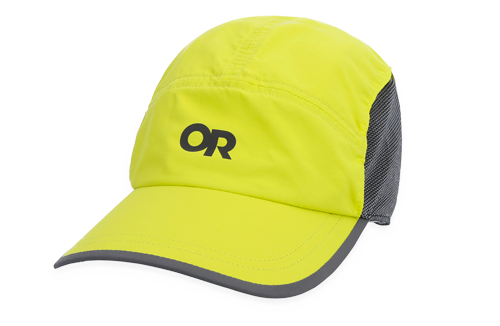
|
| Sunglasses |
“Wrap-Around” style sunglasses with 100% UV Protection.
|

|
| Lip Screen SPF 15 or higher. |
Travel size.
|
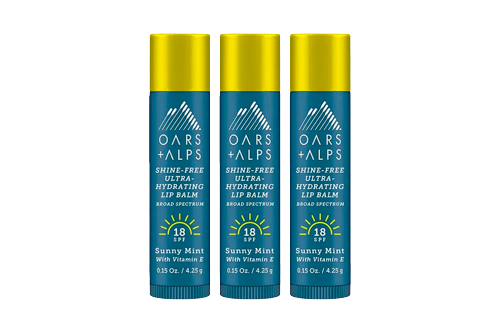
|
| Sun Screen SPF 20 or higher. |
30 SPF or higher is recommended as well as waterproof and sweat proof. 8 ounces will be plenty, and we typically carry one with 45+ SPF for our faces and a 30 SPF for other exposed areas. Banana Boat, REI, Kinesis and All Terrain are good options.
|
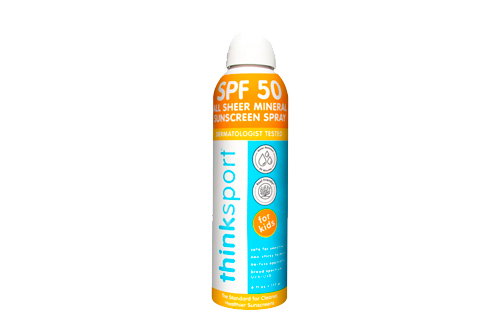
|
| Trekking Poles |
Trekking poles come in handy for both up and down hill but will serve you best on the downhill saving the wear on your knees. Collapsible poles that can store in your pack when not in use are best.
|
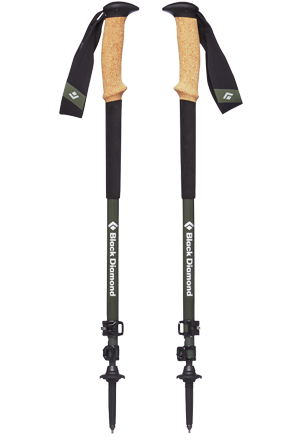
|
| Personal Toilet Kit |
At minimum, bring a small Ziploc with toilet paper. Consider bringing a travel sized package of hand-wipes. Ideally, purchase the Rest Stop, known as “Blue Bags” in the Pacific Northwest, or the “Wag Bag” in other areas, are poop-in-a-bag systems that include toilet paper and a sanitizing hand wipe.
|
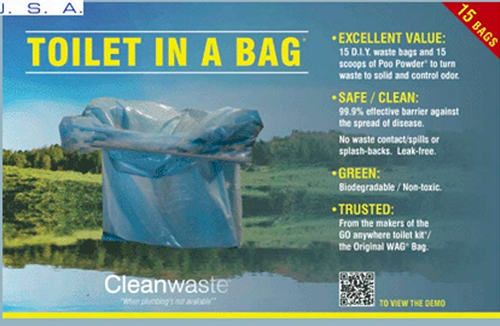
|
| 64oz+ Camelbak Water Bottle |
A 2-liter water bottle is essential for hydrating at lunch, around the camp, and refilling throughout the day. Stay away from glass and heavy metals and look for Lexan® for durability. (**NOTE** If you have a hydration pack in your backpack that will carry 3 liters you may not need to carry more water)
|
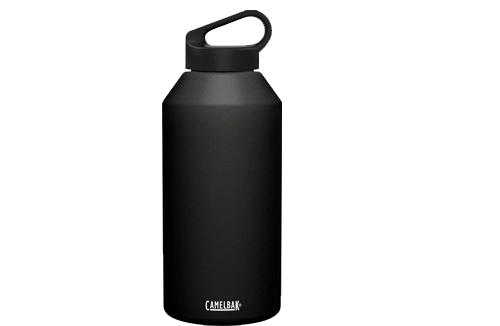
|
| Bug Spray |
We will be outdoors so it is recommended to have some form of Bug Spray.
|
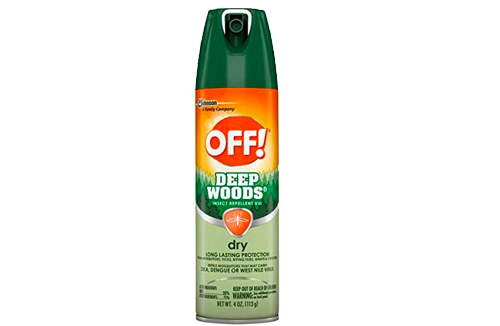
|
| Synthetic or Merino Wool Socks |
Wool and synthetic blends are great for long days on the trail. “Ski” and “Snowboard” socks are especially useful when warmth is desired.
|
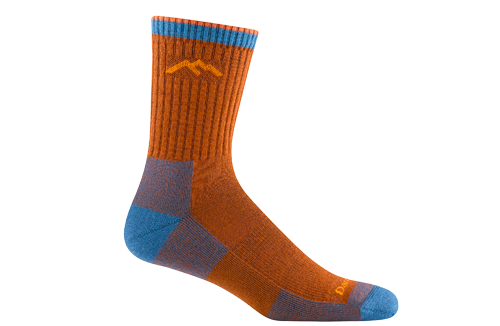
|
| Waterproof Shell Jacket |
Non-insulated, Gore-Tex, Dermizax, Event, or other waterproofing system is required. Mostly, this jacket sits in the bottom of your pack and comes out when the weather gets nasty with precipitation. (***NOTE*** This jacket should fit over all other layers so size up.)
|
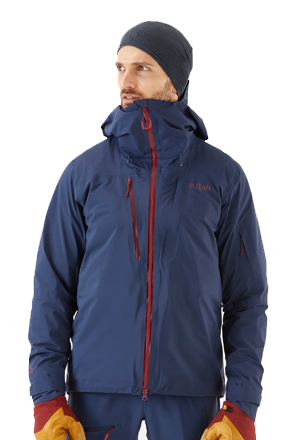
|




















